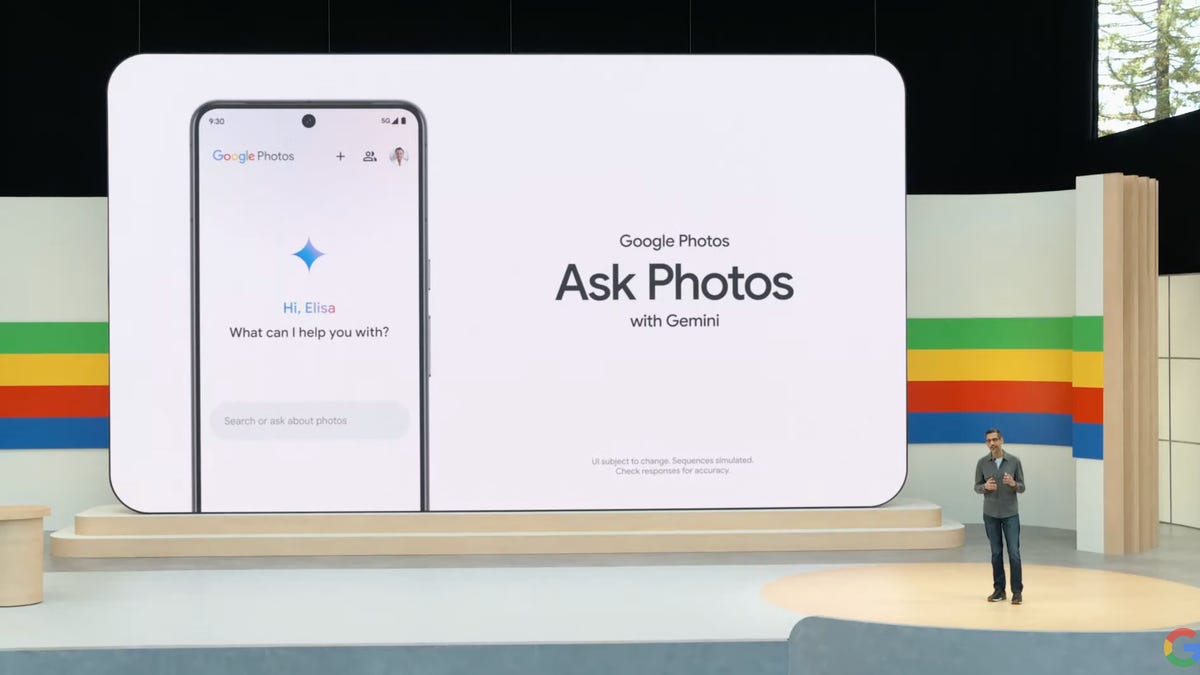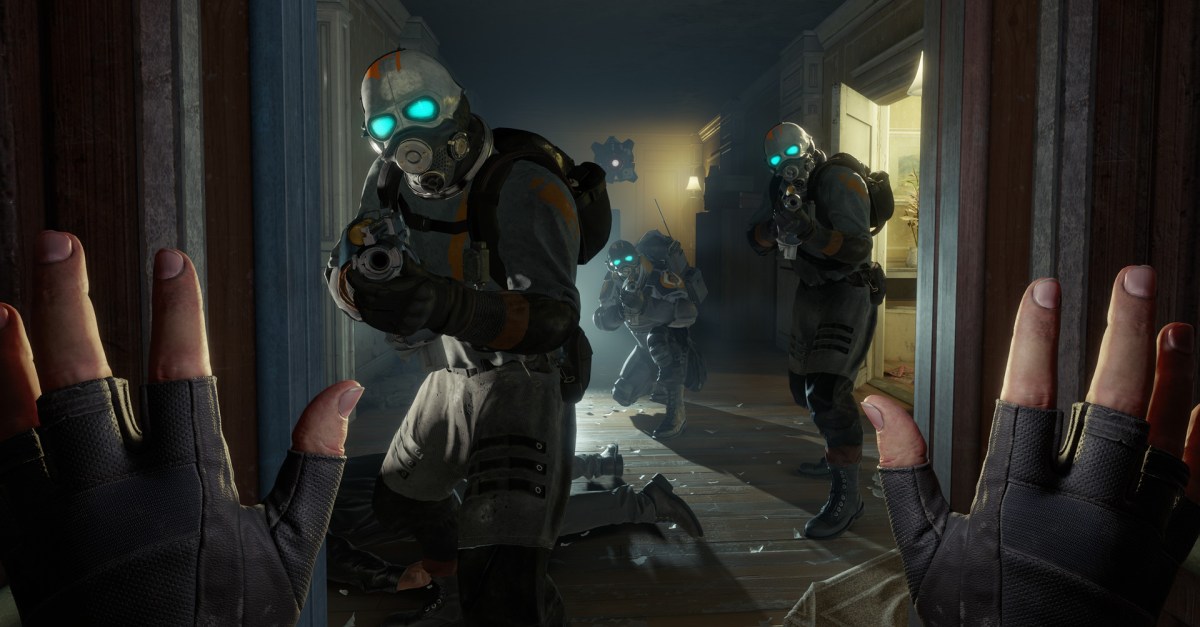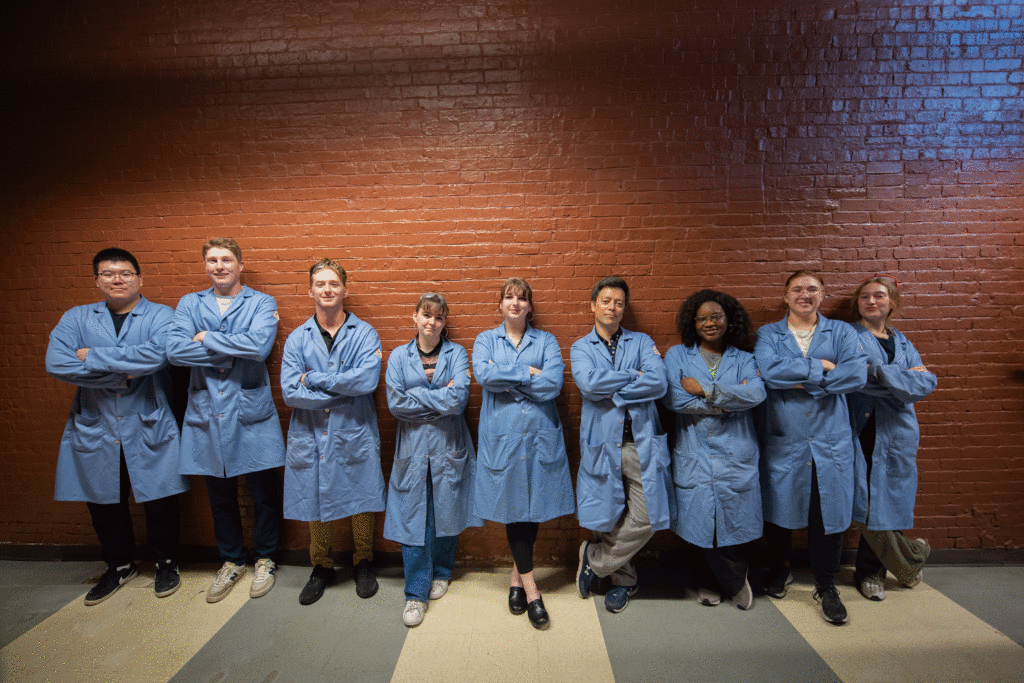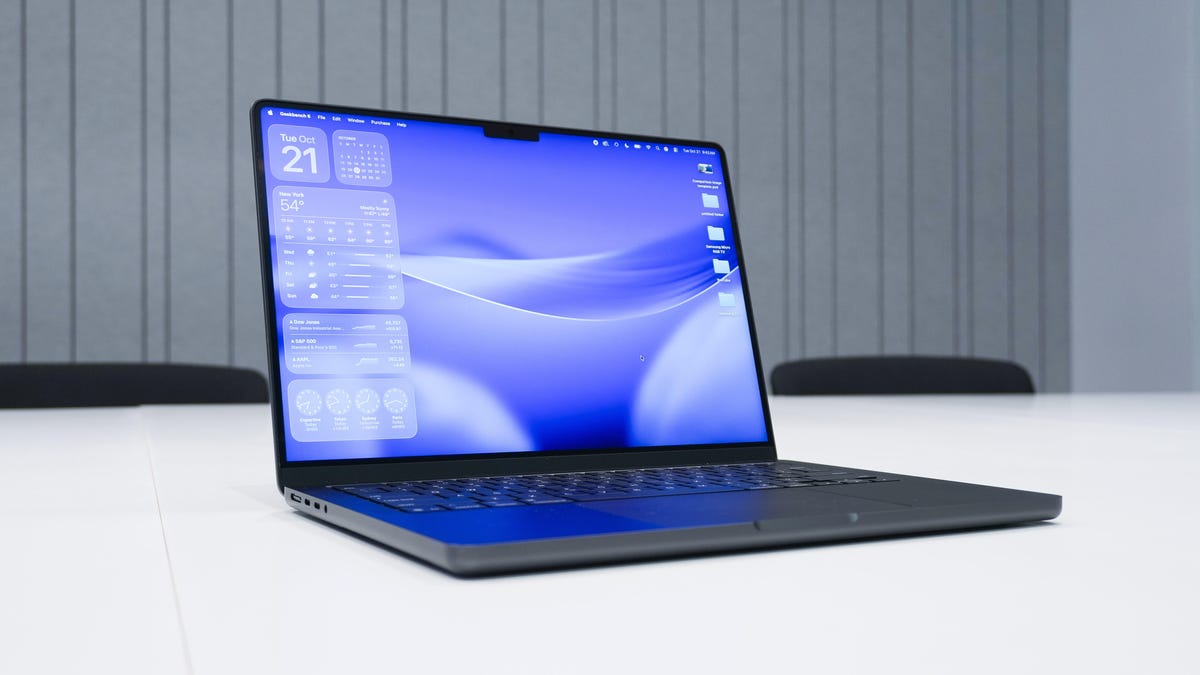Ian YoungsCulture reporter
 BBC
BBCEastEnders favourite Pat Evans, formerly Pat Butcher, is to return to the BBC soap for a one-off episode over the Christmas period.
Continue Reading

ISS astronauts take cover from radiation as solar storms spark auroras across the planet
It’s not all about pretty auroras when the sun shoots some ejecta our way. As people across the Earth gazed at the sky the past few nights, staring up at the brilliant auroras brought on by recent intense solar storms, Earthlings in orbit had to…
Continue Reading
U.S. Officials Raise Concerns About Saudi Arabia’s Bid for F-35 Jets – The New York Times
- U.S. Officials Raise Concerns About Saudi Arabia’s Bid for F-35 Jets The New York Times
- Trump says he is considering F-35 fighter jet deal with Saudis Dawn
- Trump signals possible return to nuclear testing, weighs F-35s deal with Saudis Geo…
Continue Reading
Bavarian Nordic chair Debruyne steps down after failed takeover – Reuters
- Bavarian Nordic chair Debruyne steps down after failed takeover Reuters
- Nordic Capital, Permira takeover offer for Bavarian Nordic falls through Reuters
- Bavarian Nordic Announces Changes to the Board of Directors The Manila Times
- Danish Shareholders Association on Bavarian: Shareholder democracy proved to work medwatch.com
- Consortium consisting of Nordic Capital and Permira announces preliminary result of the takeover offer to shareholders of Bavarian Nordic and that the Offer is withdrawn and will not be completed Yahoo Finance
Continue Reading

Conversational Editing on Google Photos for Android and iOS: Tweak Photos Using Your Voice
Sometimes, a good photo just needs the proper edits to transform into a great one. Previously, you’d need to know exactly what to change and which setting to tweak to achieve the desired result. That’s a thing of the past, thanks to Google…
Continue Reading

Valve wants Half-Life: Alyx to work well standalone on Steam Frame
When I tried Half-Life: Alyx streaming from a PC to Valve’s new Steam Frame VR headset, I was blown away; thanks to the Frame’s dedicated wireless adapter and a cool trick Valve calls “foveated streaming,” I didn’t detect any latency as…
Continue Reading

Building a clean-energy future, brick by brick
Chemistry Professor Julio D’Arcy leads a student research team to develop state-of-the-art technology aimed at improving human lives
A house constructed from red “smart bricks” charged to provide electricity. A hospital operating room…
Continue Reading

Atomic insights could boost chemical manufacturing efficiency
URochester researchers develop algorithms that reveal how propane becomes propylene for everyday products.
Countless everyday products from plastic squeeze bottles to outdoor furniture are derived by first turning propane into propylene. A 2021 study in Science demonstrated chemists could use tandem nanoscale catalysts to integrate multiple steps of the process into a single reaction—a way for companies to increase yield and save money. But it was unclear what was happening at the atomic level, making it difficult to apply the technique to other key industrial processes.
Researchers at the University of Rochester developed algorithms that show the key atomic features driving the complex chemistry when the nanoscale catalysts turn propane into propylene. In a study published in the Journal of the American Chemical Society, they discuss these intricate reactions that are complicated by materials in multiple states.
“There are so many different possibilities of what’s happening at the catalytic active sites, so we need an algorithmic approach to very easily yet logically screen through the large amount of possibilities that exist and focus on the most important ones,” says Siddharth Deshpande, an assistant professor in the Department of Chemical and Sustainability Engineering. “We refined our algorithms and used them to do a very detailed analysis of the metallic phase and oxide phase driving this very complex reaction.”
Desphande and his chemical engineering PhD student Snehitha Srirangam found several surprises in their analysis. The oxide in the chemical reaction preferred growing around defective metal sites very selectively, which proved critical for the stability of the catalyst. And even though the oxide can exist under different chemical compositions, it never really left its function of being around the defective metal sites.
According to Deshpande, researchers can leverage this knowledge and the team’s algorithmic approaches to understand the atomic structure of other chemical reactions such as methanol synthesis used for products ranging from paints to fuel cells. Eventually, he believes this could help companies strategically seek more efficient ways to produce propylene and other industrial materials and rely less on the trial-and-error methods they have used for decades.
“Our approach is very general and can open the doors to understand many of these processes that have remained an enigma for decades,” says Deshpande. “We know these processes work, and we produce tons of these chemicals, but we have much to learn about why exactly they’re working.”
Continue Reading

This useful MacOS 26.2 feature turns your laptop screen into a ring light – how to try it
Follow ZDNET: Add us as a preferred source on Google.
ZDNET’s key takeaways
- Apple’s second MacOS 26.2 developer beta is now available.
- Edge Light is a beta feature that turns your display into a ring light.
- Developer betas can be…

